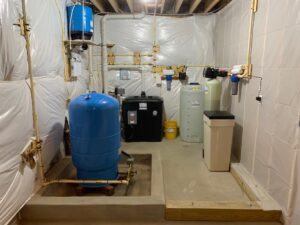 Infections Prevented By Water Treatment & Purification
Infections Prevented By Water Treatment & PurificationMany people still have homes that are hooked up to a private well that draws water into their house from an underground source. Homeowners tend to agree this is a safe and preferred method of obtaining water for their home since there are many methods of water purification that can be used to keep the water supply fresh.
Issues can arise, however, if annual water inspections are not conducted by a professional residential water testing company. Such companies perform well inspections and a water leak detection if necessary, and advise a homeowner in the best water treatment and purification techniques for their home.
If you are experiencing smelly water or stinky water with a strong odor and discoloration, it is important to have water testing completed to avoid infections and sickness. Causes of smelly water can be the pipes or the well its self, and a well inspection is crucial to determine if there is contaminated groundwater causing an issue and jeopardizing the health of those who live in your home.
There are numerous ways that a well can be contaminated, not the least of which is an increased amount of nitrites in the soil. Unfortunately, many people whose homes are hooked up to a private well still live near agricultural and even industrial sites, and runoff from these sites affects the groundwater. Trace elements from agricultural sites continue to seep into the soil, often reaching deep enough to affect a home’s well water supply.
Regular water testing can often help predict what contaminants your water supply may be susceptible to and if there’s any way to prevent future contamination. Your professional water testing company can recommend several water treatments that can be used to keep your well water safe, relatively free of contaminants, and you and your family drinking healthy safe water. You may also experience problems with mold in your pipes. If you find this to be the problem, make sure to hire a mold specialist like Mold Remediation Pros.
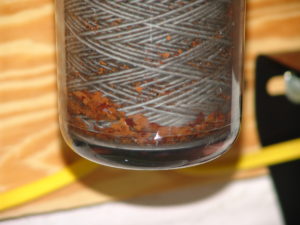
There are a host of health problems that can come from lead poisoning, some that are fatal, and others that can seriously damage the body in very painful ways such as organ damage and nervous system disorders. Always talk to your residential water testing company about the lead in your drinking water during your annual inspection.


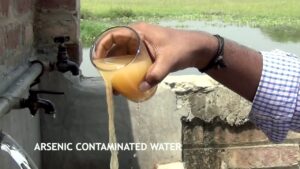
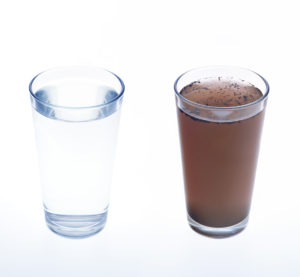
It can take up to 4 days for this condition to take effect, but if there is any suspicion that a person has been infected then it’s wise to seek medical help, and of course, conduct a well inspection using a residential water testing agency to stop the issue before it becomes worse in the household.
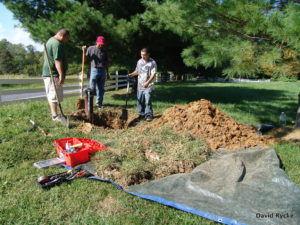
An inspector will also perform a test during the inspection that will search for water leaks, and they could recommend a few different water treatments that might help with water purification to increase the quality of your well water. Typically, a well inspection will take a few hours to complete, but if there’s water testing to be done then the results might take a few weeks to come back from the lab.
Likely as not, once your well is determined to be contaminated, there will be steps that will need to be taken to disinfect it. While this is possible to take care of on your own, it is typically recommended to let someone that is trained and experienced to handle this process.
If you are determined to handle the process on your own, there are well water disinfection resources online to assist. Before you begin, there are several steps to take to ensure your safety and that the well disinfection is handled properly:
The health of you and your loved ones are too important not to plan for a well inspection on a regular schedule. If there are any indications of infection, like smelly water or strong odors, then an inspection ASAP is highly recommended. If the problem persists, it is advised to check your well pump and, if possible, to budget for a much-needed well inspection and well disinfection process. In the end, the cost of these services is well worth the ensured safety of you and your family.
National Water Service has been providing residential & small commercial water treatment, plumbing & well pump services for over 45 years. We specialize in water treatment, filtration & purification solutions as well as general plumbing to ensure clean, safe water for our customers in Maryland, DC & Northern Virginia.
Mon - Thurs
7:00am - 5:00pm
Friday
7:00am - 4:00pm
Sat - Sun
Emergency Service Available
National Water Servicing Corporation — 2025 All Right Reserved ™